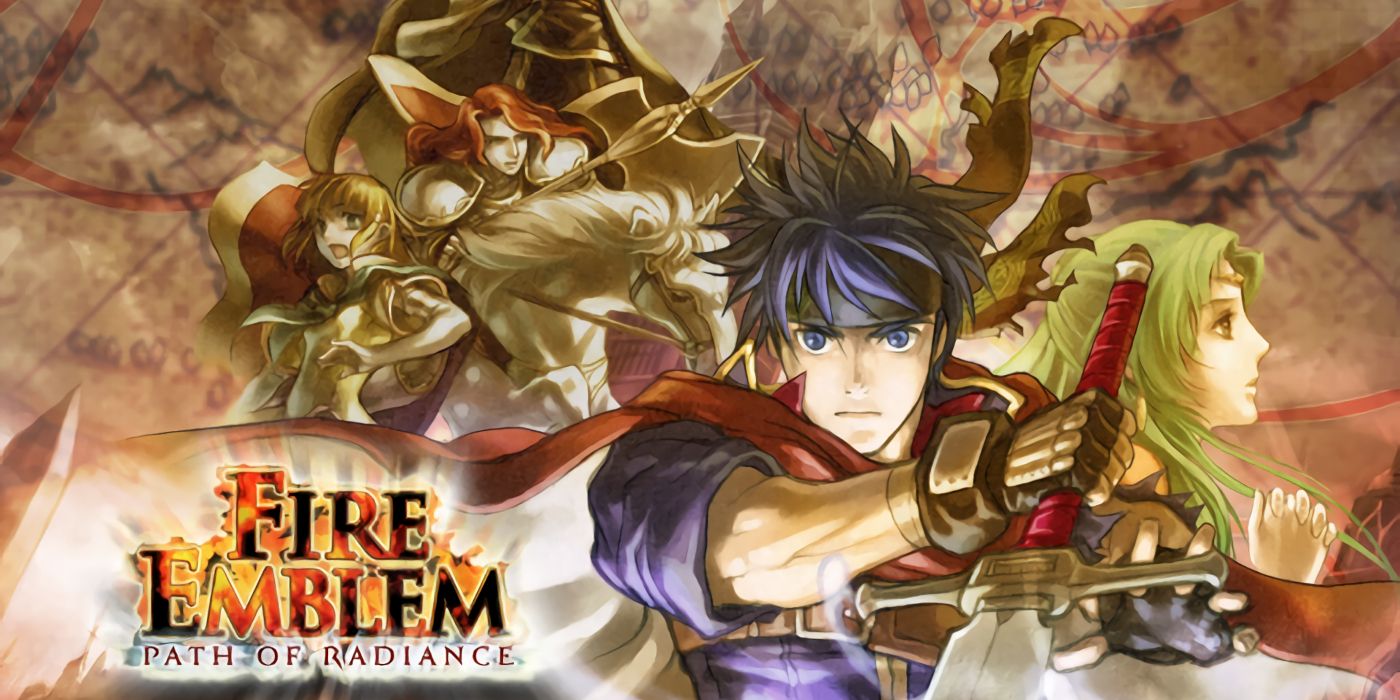
The games that followed grew in success in Japan leading to the development of a Nintendo 64 Fire Emblem title. The first game, Fire Emblem: Shadow Dragon and the Blade of Light, was a late Famicom release that caught the attention of the Japanese audience with its challenging gameplay and permadeath system. In later games, achieving max support with characters can unlock alternate classes for a character and give access to Paralogues with new characters. Supports are mostly stuff that develops the background of characters, but they also provide adjacency boosts in a fight. In every game starting with Fire Emblem: Mystery of the Emblem (and excluding Archanean War Chronicles due to the nature of that particular game), units have supports with one another. Each unit also has growth rates, which determine which stats grow upon the unit leveling up. Once the player has moved all of their units, their turn ends and the enemy's turn begins, where their units will move to attack yours.Įach unit is unique in that they have a class, which determines what weapons they are capable of using, how many grid spaces they can move, etc.

During their turn, the player is able to move their units one at a time and attack an enemy if they are within the unit's range. Once a unit has moved, the unit cannot be moved again during that turn. The gameplay in Fire Emblem games are remarkably similar across all games, with each game usually adding something significant to the formula.įire Emblem involves using a handful of units on a grid-based map to defeat enemy units.


 0 kommentar(er)
0 kommentar(er)
